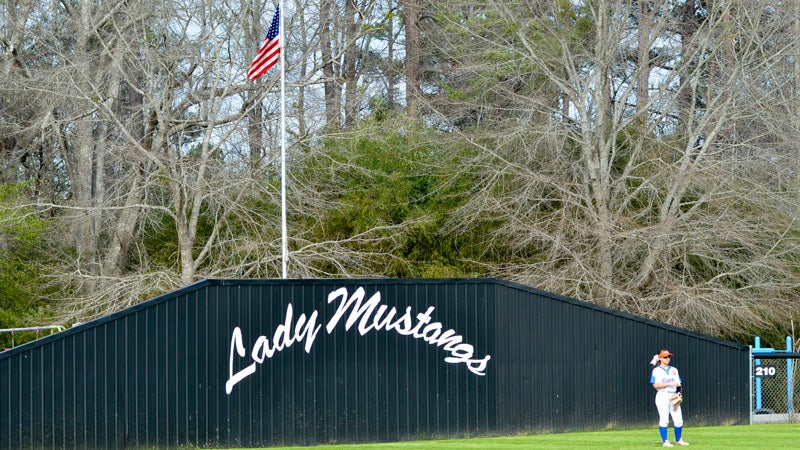Teach children to garden
Published 7:41 am Sunday, March 30, 2014
By Lisa Murphy | Alabama Cooperative Extension System
Editor’s note: Find more content to help you make the most of the spring season in Spring Guide 2014, a special publication inside the Weekend edition of The Clanton Advertiser, available in racks across Chilton County until Tuesday, and at the Advertiser office after then.
There are few things children enjoy more than digging in the dirt and making mud pies.
They are fascinated by looking for worms and bugs and love to water the garden and anything else in the near vicinity. Children also enjoy planting seeds, watching them grow and harvesting what they have grown.
By cultivating their curiosity about these things, you can help them to develop a love of nature and gardening. They will also enjoy the special time they get to spend with you.
Encourage their enthusiasm by planting seeds that mature quickly and are large enough for a child to easily handle. Vegetables are a good choice for young children. They germinate quickly and can be eaten when mature. Some popular choices are radishes, zucchini, pumpkins, carrots, lettuce, peas, broccoli and potatoes. Children may even be encouraged to eat vegetables that they have grown and would otherwise avoid. If you have enough room in the garden, gourds are a good choice. After harvesting, they can be decorated and used as birdhouses or autumn table decorations.
To add interest and color to the vegetable garden, try to add some flowers such as marigolds, nasturtiums and sweet peas. Be sure any flowers you plant are non-toxic.
Children love to choose the seed packets or starter plants for their garden and should be allowed to do the planting themselves. They can then proudly say it is “their” garden. After the planting has been done, be sure to put the empty seed packet or plastic insert in the soil next to the plants to mark their spot.
It is also important to include the child when deciding where to put the garden. This can be a good time to talk about what is required for a successful garden. Teach the young gardener that growing a healthy garden begins with good soil. Explain that plants, just like people, need to eat and drink. Make sure that the chosen spot gets enough sun and has a readily available source of water. The garden should be located where it is easily accessible to the child and can be admired by others.
When a place is chosen, remember to keep it small. Measuring out a “yardstick” garden keeps the size easily manageable for most children. If living in an apartment or space is limited, gardening in pots and containers can be fun and productive. Allow the child to use his or her imagination in choosing containers to be used as planters. Just about anything that holds soil and has good drainage can be used as a container.
Watering and weeding their garden may not hold as much interest for children as the planning and planting did. Garden tasks will be easier to remember if you put a garden calendar in your child’s room or on the refrigerator. That way they can take charge of completing the tasks and crossing off the days when each task has been completed.
Children should have their own tools to use in the garden. Child-sized rakes, hoes, spades and gloves can be found in most garden shops, home improvement centers and catalogues. Less expensive alternatives might include old, heavy kitchen spoons for digging and measuring cups for scoops.
Herbs are a good choice to plant indoors for children. They grow fast and can then be tasted. With pruning, herbs will grow all winter and can be planted outdoors in the spring.
Gardens do not have to be planted in a square or rectangle. A “pizza” garden can be planted in a circle and divided into wedge-shaped sections. Assign each child his or her own section or plant different plants in each section.
More than just plants grow out of helping a child tend a garden. Gardening gives children a sense of responsibility and accomplishment and enables them to learn about the environment and about the relationship between plants and people. Most importantly, gardening is a great way to spend time together as a family.



